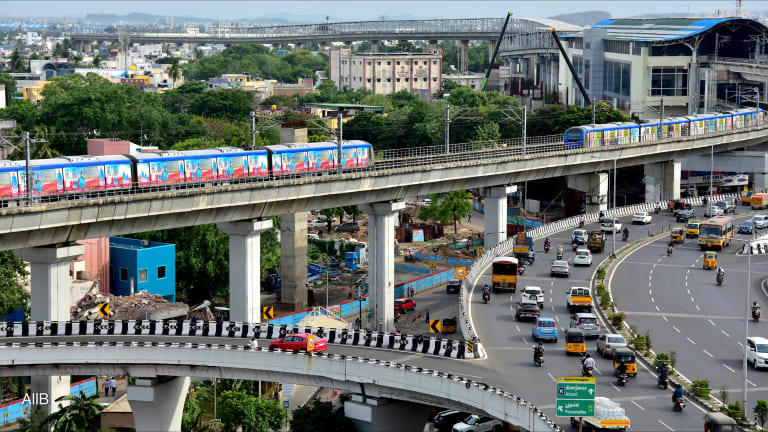The improvement of the Yerevan-Gyumri highway was made possible through an Asian Development Bank project in 2012. For 2014-2018, transportation is still a key priority sector for ADB in Armenia. Photo by: ADB / CC BY-NC-ND
Since gaining independence in 1991, Armenia has made significant strides in poverty reduction, most notably with the incidence rate dropping from 54 percent in 2004 to just 28 percent in 2008. The 2009 economic crisis pushed poverty back to 34 percent, however, and although the 2013 rate dropped back to 32 percent, the downturn revealed the vulnerability of the country’s economy to external shocks.
Several bottlenecks remain in the country’s business sector. Poor transport infrastructure, high cost of trading and unstable energy sources all impede on economic growth. These factors not only deter businesses from operating in Armenia, but also prevent the country’s integration into the regional and global economy.
This story is forDevex Promembers
Unlock this story now with a 15-day free trial of Devex Pro.
With a Devex Pro subscription you'll get access to deeper analysis and exclusive insights from our reporters and analysts.
Start my free trialRequest a group subscription







